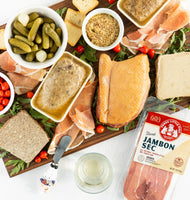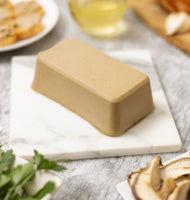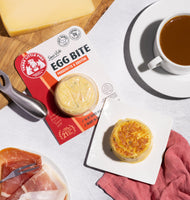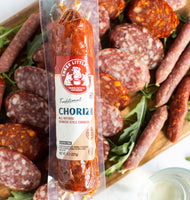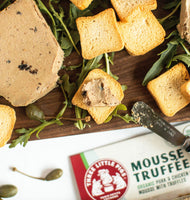
Antipasto vs. Charcuterie: Understanding the Differences
When it comes to appetizers, antipasto and charcuterie are two popular options that many people confuse with each other. While both may contain an assortment of cured meats, cheeses, and other complementary items, they have distinct differences that set them apart. In this article, we will delve into the unique features of each, to help you differentiate between the two and choose the right option for your next gathering.
What is Antipasto?
Antipasto is a traditional Italian appetizer, which typically consists of a variety of cured meats, cheeses, olives, and vegetables. The word "antipasto" means "before the meal" in Italian, indicating that it is meant to be served as a prelude to the main course. It is usually served on a large platter, with each ingredient arranged in a visually appealing manner.
Antipasto platters often feature a combination of meats such as prosciutto, salami, and capicola, alongside various cheeses like mozzarella, provolone, and Parmigiano-Reggiano. Vegetables like artichoke hearts, roasted red peppers, and marinated mushrooms are also common components of an antipasto platter, adding a burst of color and flavor to the spread.
What is Charcuterie?
Charcuterie, on the other hand, is a French term that refers to a selection of cured meats, usually served on a wooden board or platter. Unlike antipasto, which may contain a variety of other foods, charcuterie focuses specifically on cured meats. These meats can include ham, bacon, salami, pâté, and terrine, among others.
While cheese and other complementary items may be included in a charcuterie board, the primary focus is on the meats. This means that the selection of meats is often more diverse and extensive than what is typically found on an antipasto platter.
What are the Key Differences Between Antipasto and Charcuterie?
While both antipasto and charcuterie share some similarities, there are a few key differences that set them apart:
-
Focus: Antipasto is a platter that contains a combination of cured meats, cheeses, vegetables, and other complementary items, whereas charcuterie is primarily focused on cured meats.
-
Origin: Antipasto originated in Italy, while charcuterie is a French term.
-
Presentation: Antipasto is typically served on a large platter, with each ingredient arranged in a visually appealing manner. Charcuterie is often served on a wooden board, with the meats arranged in a specific order to showcase their variety and flavor.
-
Meat Selection: While both may contain cured meats like salami and prosciutto, charcuterie typically has a wider selection of meats, including ham, pâté, and terrine.
In summary, antipasto and charcuterie are two popular appetizers that may seem similar at first glance, but have distinct differences. Antipasto is a platter that contains a combination of cured meats, cheeses, vegetables, and other complementary items, while charcuterie is primarily focused on cured meats. While both are delicious and visually appealing options for any gathering, understanding their differences can help you choose the right one for your next event.

